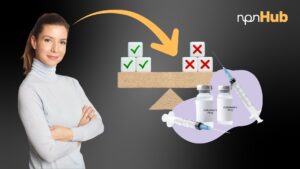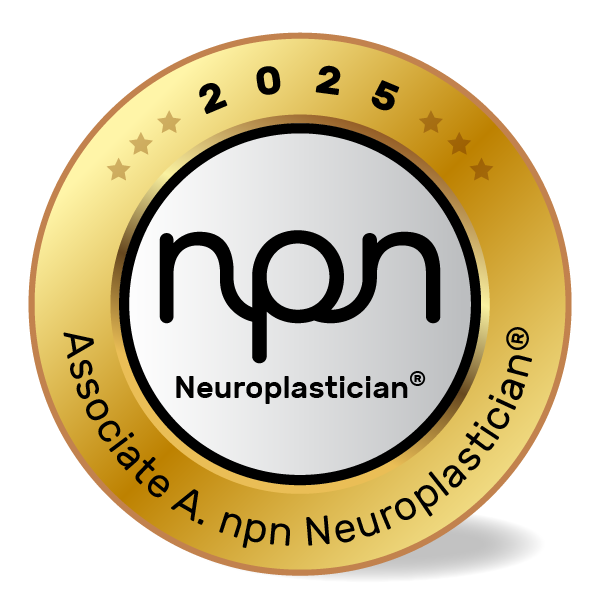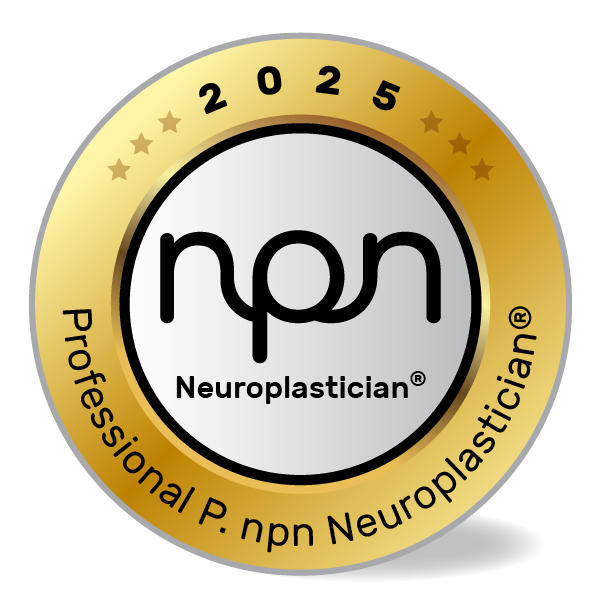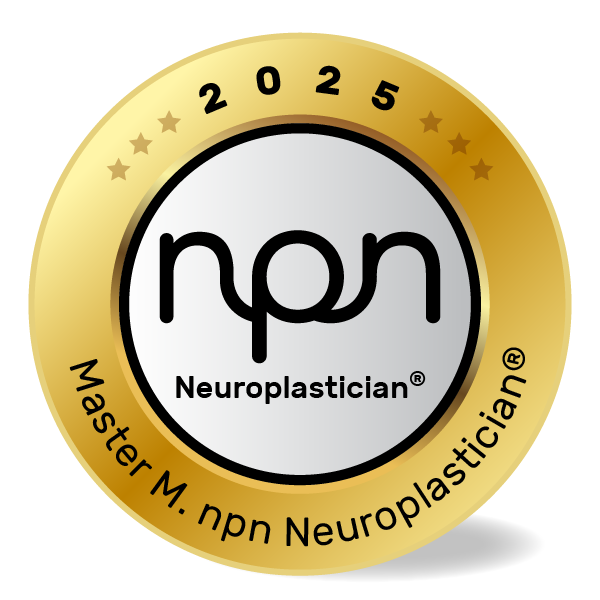Why embracing the truth about brain change unlocks new potential for learning, therapy, and human flourishing.
Curated by an npnHub editorial member
Key Points
- Neuroplasticity is not limited to children – adults can rewire their brains throughout life.
- The concept supports neurodiversity as a spectrum, not a binary of normal/abnormal.
- Change is not always fast; plasticity relies on sustained repetition and context.
- Misunderstanding neuroplasticity leads to ineffective or misdirected interventions.
- Practitioners can leverage accurate neuroplasticity science for customized growth strategies.
1. What is Neuroplasticity?
Imagine a neuroscience coach working with a mid-career client struggling to adapt to a new leadership role. The client says, “I’ve never been good with people – I’m just wired this way.” But over several months of intentional reframing, somatic work, and executive coaching, his feedback loops begin to shift. Colleagues notice he listens more. He’s less reactive. The “wiring” begins to change.
This story, while illustrative, is not a clinical case study – but it reflects what many neuroscience professionals observe: the brain can change. That’s neuroplasticity in action.
Neuroplasticity refers to the brain’s ability to reorganize itself by forming new neural connections throughout life. Once believed to be possible only in childhood, this capacity is now known to persist across the lifespan. Groundbreaking studies by neuroscientists like Michael Merzenich have shown that adult brains adapt structurally and functionally in response to experience and training (Merzenich, 2014).
The research is clear: neuroplasticity is not a myth, but its interpretation often is.
2. The Neuroscience of Neuroplasticity
During a learning lab session, an educator noticed two students mastering the same concept in entirely different ways – one through storytelling, the other via pattern puzzles. She used brain-based strategies to support both, reminding her team: “Plasticity means multiple roads can lead to understanding.”
This anecdote illustrates how flexible the brain can be – because neuroplasticity is not one-size-fits-all.
Scientifically, plasticity involves synaptic pruning, long-term potentiation, and changes in gray matter density. Neuroimaging studies (e.g., via fMRI) have shown how regions like the prefrontal cortex and hippocampus adapt based on environmental input and learning intensity.
Dopaminergic pathways, particularly those involving the ventral tegmental area (VTA) and nucleus accumbens, play crucial roles in reinforcing new learning – especially when novelty or emotional salience is involved Source.
The key brain systems involved include:
- Hippocampus: memory formation
- Prefrontal Cortex: executive function and planning
- Motor Cortex: skill acquisition
- Cerebellum: procedural learning
Neuroplasticity is not only real – it’s multifaceted.
3. What Neuroscience Practitioners, Neuroplasticians, and Well-being Professionals Should Know About Neuroplasticity
At a neuro-wellness retreat, a client asked her practitioner, “Can you really rewire a trauma pattern that’s been with me for decades?” The coach replied, “Not overnight. But yes, the brain can adapt – when it’s given the right input, enough times, with enough safety.”
Here’s where the myths need correcting.
Neuroscience professionals often face persistent misconceptions:
- Isn’t neuroplasticity just for kids?
- Does change mean full recovery or ‘curing’ a condition?
- If the brain is plastic, why is it so hard to change behavior?
These questions reveal the need for nuanced understanding.
Neuroplasticity is not instantaneous. As Dr. Norman Doidge writes in The Brain That Changes Itself, change is possible but must be cultivated deliberately – through repetition, attention, and motivation(Source) . Research from the University of Oregon shows that the effectiveness of plastic change depends heavily on individual differences and environments (Source).
Professionals must challenge the binary of “fixed vs. changeable.” Plasticity doesn’t mean limitless or effortless transformation. It means that with sustained, targeted effort, transformation is possible.
4. How Neuroplasticity Affects Neurodiversity
Understanding neuroplasticity reshapes how we view neurodiversity. It suggests that differences in cognitive style, learning, and emotional regulation are not static. They are influenced by lived experiences, repeated behaviors, and environmental inputs.
For example, an autistic child repeatedly engaging with visual-spatial puzzles might develop enhanced right-hemisphere circuitry. Meanwhile, an ADHD adult training their attention via mindfulness may strengthen their dorsal attention network over time.
Neurodiverse brains demonstrate differential plasticity – they adapt, but in ways that reflect unique wiring patterns. Brain changes are shaped not just by the “what” of practice but by the who – individual neuroarchitecture dictates response to input (Source).
Plasticity thus supports a spectrum view of cognition. It debunks the myth that neurodiverse individuals are either “broken” or unchangeable. The brain adapts, differently for different people.
5. Neuroscience-Backed Interventions to Improve Understanding and Use of Neuroplasticity
Why Behavioral Interventions Matter
Many clients believe they “can’t change” because of deep-seated patterns. Practitioners must create brain-based environments where learning and adaptation feel possible, not punitive.
Let’s explore interventions that work – with examples from real-world practice:
1. Patterned Repetition
Concept: Repetition builds long-term potentiation in neural circuits (Hebb, 1949 – The Organization of Behavior).
Example: A coach working with a client on emotional regulation uses repeated breathwork and visual anchors in every session.
✅ Intervention:
- Use consistent rituals in sessions to build neural reliability.
- Assign daily 2-minute practices that reinforce session goals.
- Encourage clients to track changes to reinforce self-awareness.
2. Motivation-Enhanced Learning
Concept: Dopamine release during novelty or reward enhances plastic change (Source).
Example: An educator integrates curiosity-driven questions before teaching difficult content.
✅ Intervention:
- Frame learning with “why it matters” before beginning.
- Use small rewards to reinforce milestones.
- Highlight novelty to boost engagement.
3. Mindful Neurotraining
Concept: Mindfulness strengthens prefrontal regulation and reduces default stress responses (Lazar et al., 2005).
Example: A therapist teaches clients mindful pauses before reacting in high-conflict scenarios.
✅ Intervention:
- Begin sessions with a 3-minute breath scan.
- Use interoception cues (“Where in your body do you feel this?”).
- Guide reflection on shifts over time.
4. Strength-Based Scaffolding
Concept: Focusing on existing neural strengths facilitates plastic growth via adjacent circuits (Stanford Neurodiversity Project).
Example: A neuroplastician encourages a dyslexic client to use audio tools and visual mnemonics instead of forcing written repetition.
✅ Intervention:
- Identify dominant cognitive modalities.
- Scaffold learning through those strengths first.
- Gradually stretch into adjacent capacities.
6. Key Takeaways
Neuroplasticity is more than a buzzword – it’s the foundation of transformative work in neuroscience coaching, education, and well-being. But it’s often misrepresented. This blog cuts through the myths and delivers what practitioners truly need to know.
Your clients can change. Their brains are capable of growth. But only if we design interventions that respect how plasticity really works.
- Neuroplasticity continues across the lifespan.
- It requires sustained, specific, emotionally engaging practice.
- Personalized, brain-based strategies work best.
- Every brain can adapt – differently, uniquely, beautifully.
7. References
- Merzenich, M. (2013). Soft-Wired: How the New Science of Brain Plasticity Can Change Your Life. Parnassus. https://lindagraham-mft.net/soft-wired-how-the-new-science-of-brain-plasticity-can-change-your-life/
- Gruber, M. J., et al. (2014). States of Curiosity Modulate Learning via Dopaminergic Circuits. Neuron. PubMed
- Lazar, S. W., et al. (2005). Meditation Experience is Associated with Increased Cortical Thickness. NeuroReport, 16(17), 1893–1897. DOI















